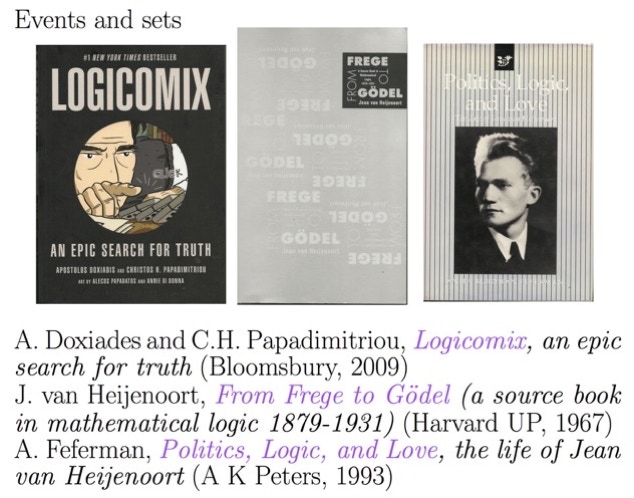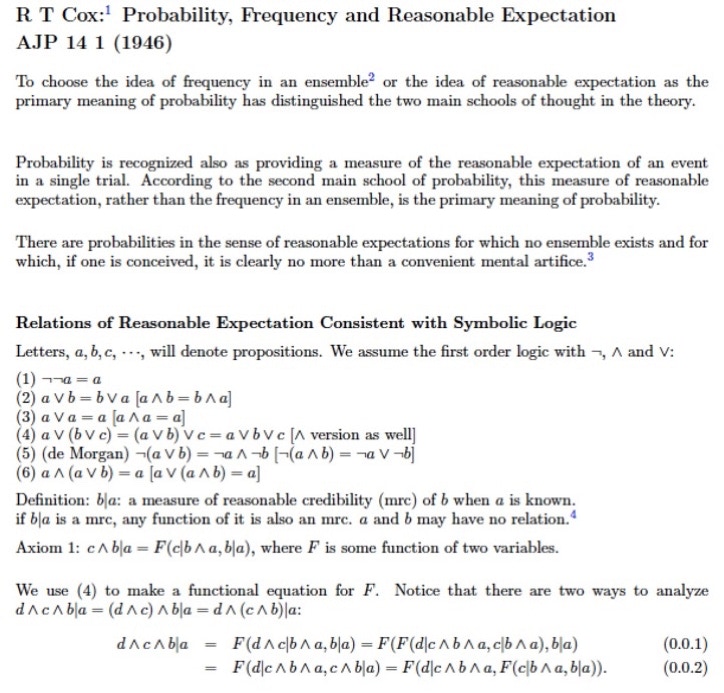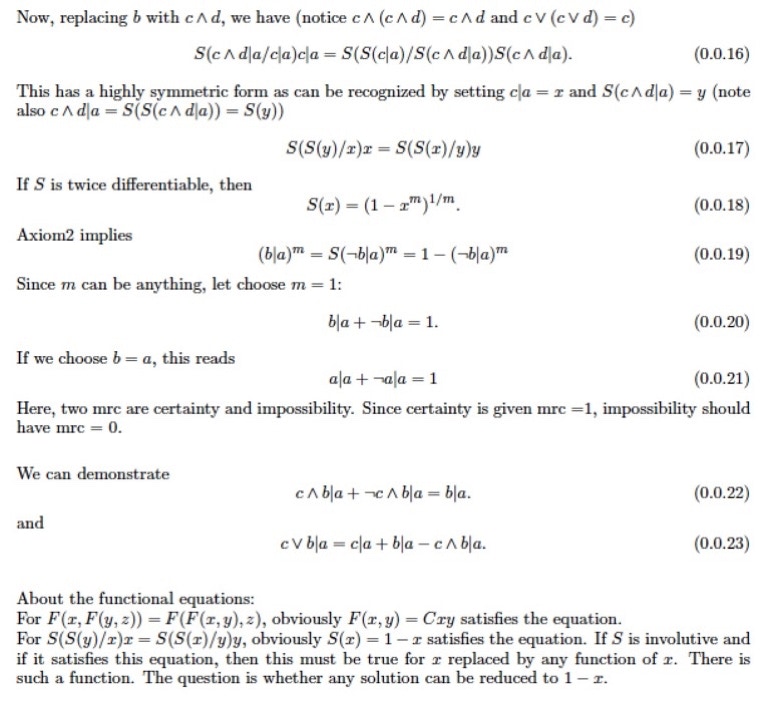
Section 3 Introduction to probability





3.1
What is Volume? Introduction to measures
Since the most natural framework to think about probability is the measure theoretical framework, and since measure theory is a very basic topic of common-sense mathematics, a very elementary introduction to the rudimentary part of this theory is given here.
Basically, the question you must think carefully is: what is the area of a 2D flat figure?
An authoritative reference may be B Simon, Real Analysis (AMS 2016) Part 1 Chapter 4,which may not be easily accessible by average (non-mathematical) physicists. See MeasureIntro.pdf .
Thus, Probability = normalized measure
``Probability theory is measure theory with a soul.’’ (M Kac)








3.2
Set theory
Probably, it is worth learning axiomatic set theory (not only the so-called naive set theory), which was initiated by E Zermelo. I recommend the following book for a solid introduction:
H. D. Ebbinghaus, J. Flum and W. Thomas: Mathematical Logic
(UndergraduateTexts in Mathematics, Springer 1984)
The following three books may be of interest.
The first one is a `graphic novel’ of the history of mathematical logic of the era covered by the second basic reference book. B Russel is the protagonist. The third book is a biography of the author of the second book. J Heijenoort was a bodyguard of Trotsky, was one of the lovers of Frida Kahlo, and the main editor of Collected Works of G\”{o}del.









Lebesgue integral
Since we know roughly what measures are, it is an excellent occasion to learn the theoretical minimum of Lebesgue integral. See the following summary for physicists.
https://www.dropbox.com/s/69ctmfiw3dxvl59/AMII-19%20IntegratonRevisited.pdf?dl=0








3.4
R T Cox derived the basic additive property of probability from an axiomatic characterization of reasonable expectation
The axioms amy be summarized as follows:







